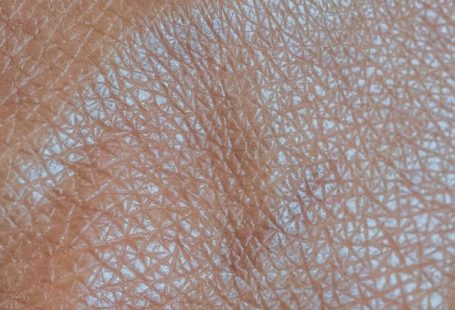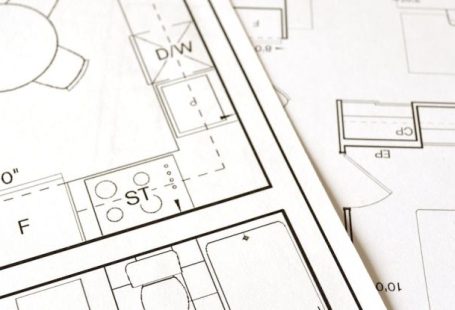Web design trends are constantly evolving, reflecting changes in technology, user preferences, and the digital landscape. In today’s fast-paced world, it’s crucial for websites to stay current and visually appealing to captivate users’ attention. Let’s explore the latest web design trends that are shaping the online experience.
**Dark Mode Dominance**
Dark mode has become increasingly popular in recent years, offering a sleek and modern aesthetic that reduces eye strain, especially in low-light environments. Many websites now incorporate dark mode as an option, allowing users to switch between light and dark themes based on their preference. The contrast provided by dark backgrounds can make text and images pop, creating a visually striking experience for visitors.
**Minimalist Design**
Simplicity is key in modern web design, with many websites opting for minimalist layouts that focus on essential elements. Clean, uncluttered designs not only improve user experience but also enhance site loading speeds. Minimalist design emphasizes white space, typography, and strategic use of color to convey information effectively. By stripping away unnecessary elements, websites can deliver a more streamlined and visually appealing experience to users.
**Bold Typography**
Typography plays a crucial role in web design, setting the tone and personality of a website. In recent years, there has been a shift towards bold and expressive typography to create visual interest and draw attention to key messages. Large, eye-catching fonts combined with creative layouts can make a powerful statement and leave a lasting impression on visitors. Custom fonts and typography pairings are also on the rise, allowing websites to stand out and showcase their unique brand identity.
**Immersive Multimedia Experiences**
With advancements in technology, websites are now incorporating more interactive and multimedia elements to engage users. Video backgrounds, animations, and interactive graphics can create immersive experiences that capture visitors’ attention and encourage them to explore further. These dynamic elements not only enhance visual appeal but also help communicate information in a more engaging and memorable way.
**Mobile-First Design**
As mobile usage continues to rise, web designers are prioritizing mobile-first design to ensure optimal user experience across all devices. Responsive design techniques are used to create websites that adapt seamlessly to various screen sizes, providing a consistent and user-friendly experience regardless of the device being used. Mobile-first design focuses on simplicity, speed, and ease of navigation to cater to the growing number of mobile users.
**3D Elements and Illustrations**
The use of 3D elements and illustrations in web design has gained popularity for adding depth and visual interest to websites. Three-dimensional graphics can create a sense of realism and interactivity, making the browsing experience more engaging and interactive. Whether used for product showcases, storytelling, or decorative purposes, 3D elements can elevate the overall design aesthetic and leave a lasting impression on visitors.
**Accessibility and Inclusivity**
Inclusive design is a growing trend in web development, focusing on creating websites that are accessible to all users, including those with disabilities. Design considerations such as color contrast, readability, keyboard navigation, and screen reader compatibility are essential to ensure that websites are usable by everyone. By prioritizing accessibility, web designers can create more inclusive and user-friendly experiences that cater to a diverse audience.
**Dynamic and Engaging Microinteractions**
Microinteractions are subtle animations or effects that occur in response to user actions, such as hovering over a button or scrolling through content. These small interactions add a layer of interactivity and feedback that enhances the user experience and makes the website more engaging. From loading animations to interactive forms, microinteractions can delight users and create a more dynamic browsing experience.
**Personalized User Experiences**
Personalization is a key trend in web design, with websites leveraging data and user preferences to deliver tailored experiences. From personalized recommendations to customized content based on user behavior, personalization creates a more relevant and engaging experience for visitors. By leveraging data analytics and user insights, websites can create a more meaningful connection with users and drive engagement and conversions.
**Innovative Navigation Menus**
Navigation menus are a vital component of website usability, guiding users through content and helping them find what they’re looking for. Innovative navigation menus, such as sticky headers, mega menus, and hidden navigation bars, can enhance user experience and make it easier for visitors to explore a website. By reimagining traditional navigation patterns and experimenting with new menu designs, websites can improve usability and create a more intuitive browsing experience.
In conclusion, staying abreast of the latest web design trends is essential for creating visually appealing, engaging, and user-friendly websites. By embracing elements such as dark mode, minimalist design, bold typography, immersive multimedia experiences, and mobile-first design, web designers can create innovative and memorable online experiences that captivate users and drive success. Incorporating these trends into website design can help businesses stand out in a competitive digital landscape and leave a lasting impression on visitors.





